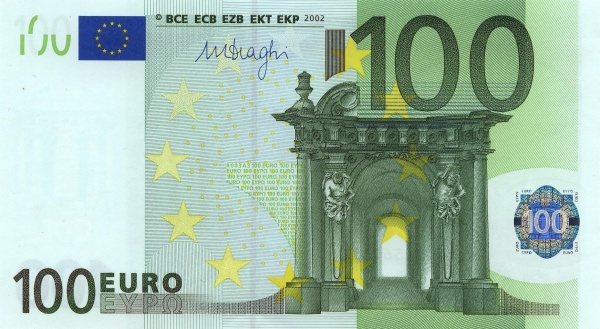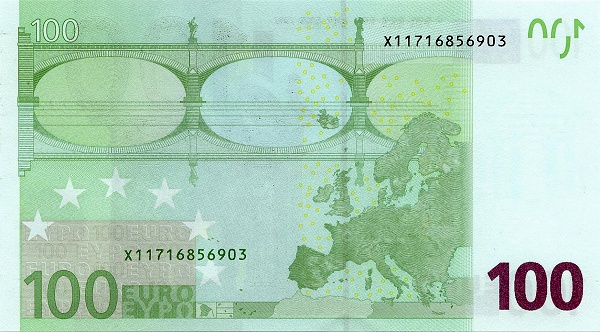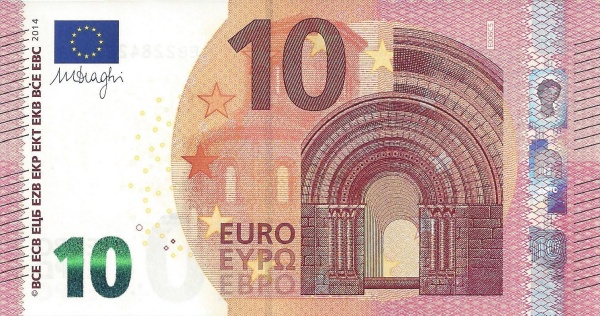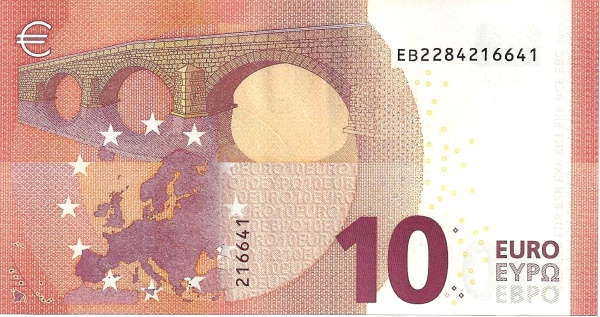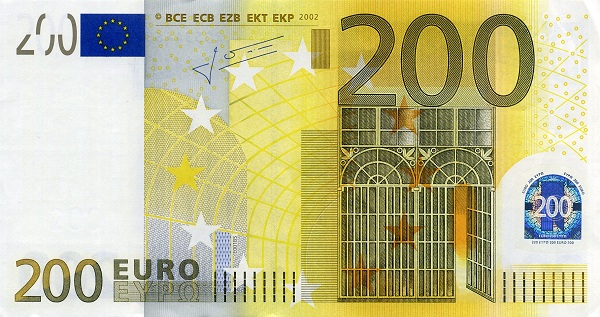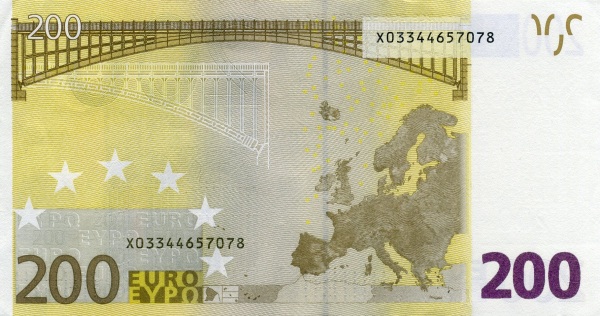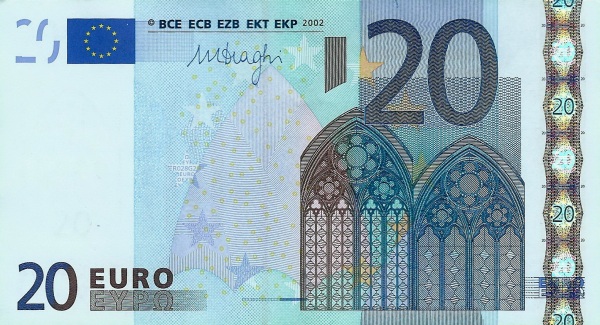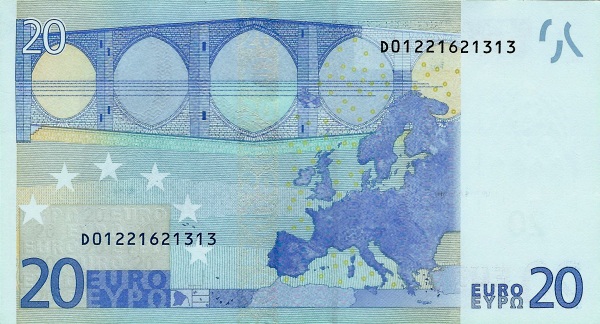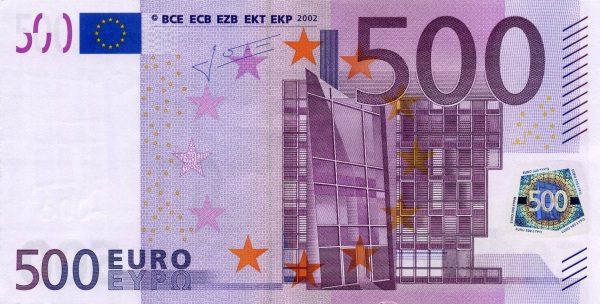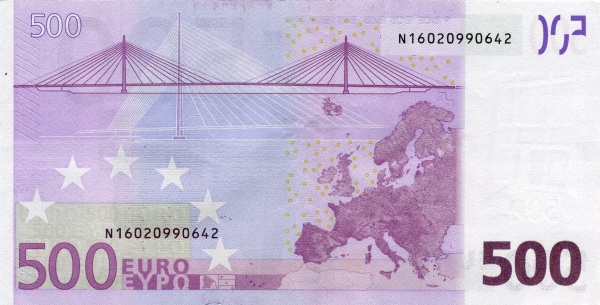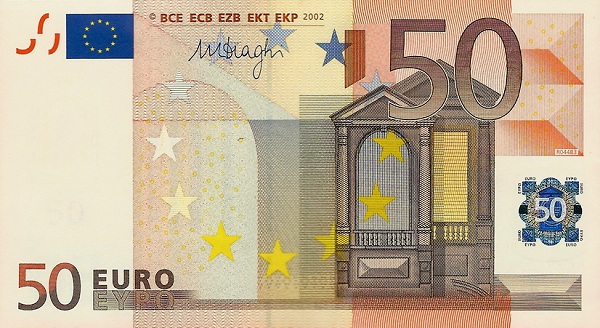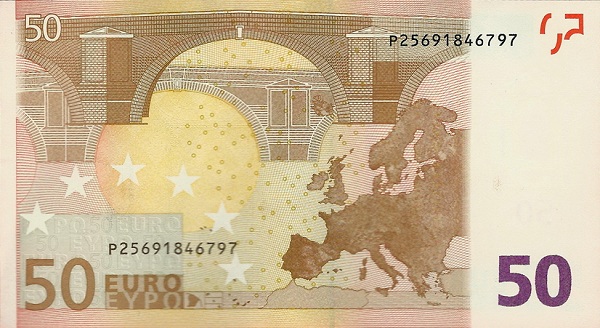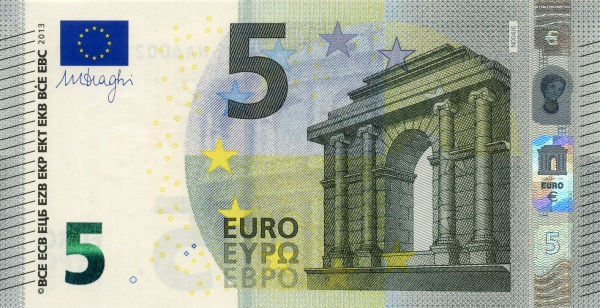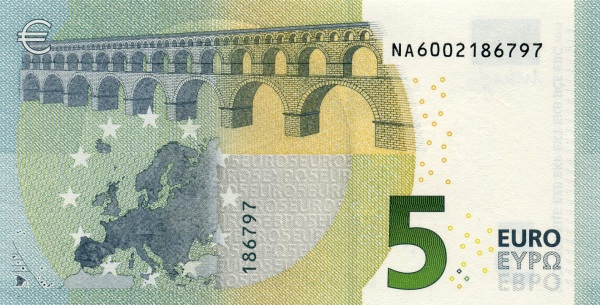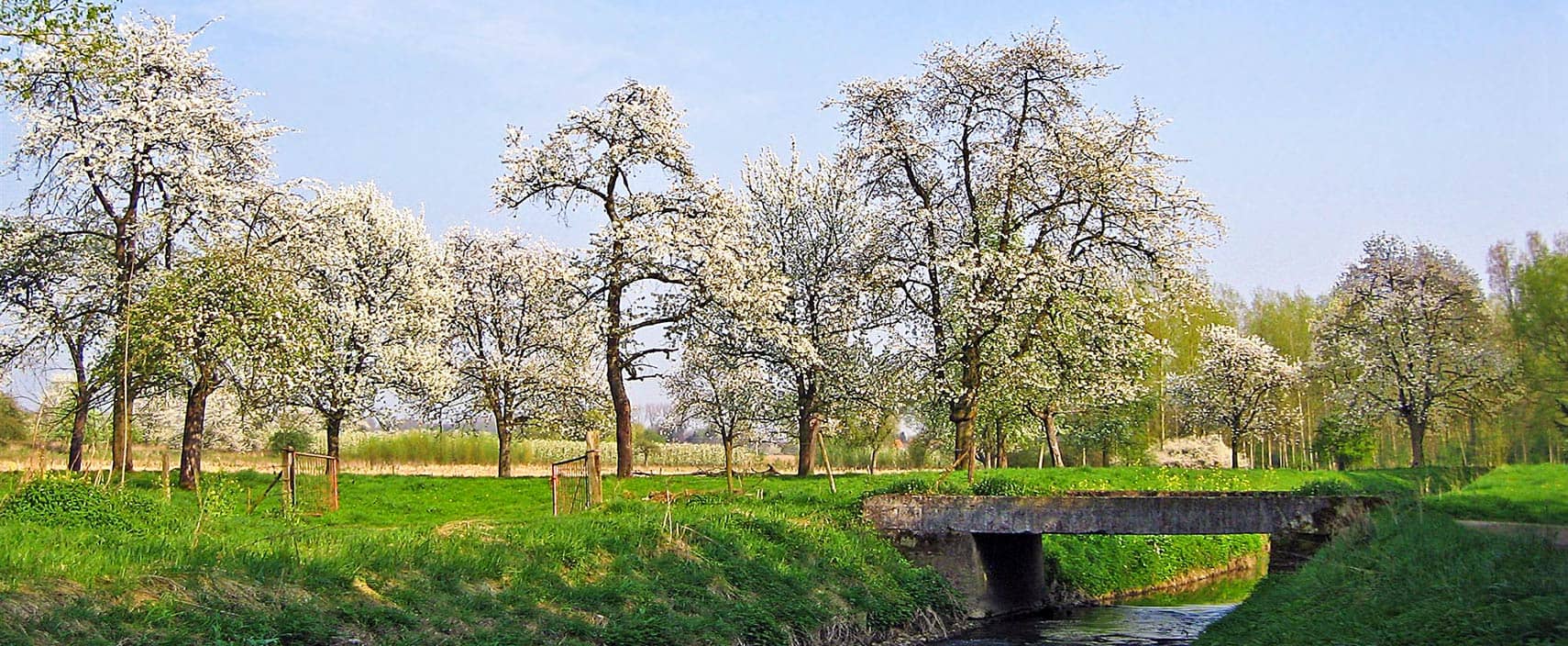Discovering Belgium: A Gem of Western Europe
Belgium stands out as a captivating destination in Western Europe. This low-lying country marvelously borders the North Sea, nestled between France and the Netherlands. Furthermore, Belgium shares its eastern boundaries with Luxembourg and Germany, while its maritime borders connect it to the United Kingdom. Its geographical positioning sets the stage for a rich cultural tapestry and historical significance.
A Glimpse at Belgium's Geography and Size
Covering an area of 30,528 km², Belgium presents itself as a nation approximately three-fourths the size of its neighboring Netherlands. Alternatively, one could liken its size to that of the U.S. state of Maryland. This compact size belies the incredible diversity and complexity found within its borders.
Understanding the Cultural Landscape
Belgium's federal structure is remarkably complex. The nation divides into three distinct regions: Dutch-speaking Flanders in the north, French-speaking Wallonia in the south, and Brussels, the bilingual capital that showcases both French and Dutch as its official languages. Remarkably, a small German-speaking community thrives in the eastern part of the country. This linguistic division establishes a rich environment for cultural interaction and engagement.
Demographics and Population Insights
As of 2016, Belgium boasts a population of approximately 11.2 million residents, all calling Brussels their capital and largest city. This vibrant metropolis serves as a melting pot of cultures, attracting both locals and international visitors alike. The bustling streets, adorned with historical architecture, echo the multilingual essence of the nation.
The Intriguing History of Belgium
In 1830, Belgium gained independence from the Netherlands following a spirited nationalist revolt. Over the years, the country faced occupation and devastation during both world wars. Nevertheless, it forged ahead to establish the Benelux Customs Union with the Netherlands and Luxembourg in 1948. Subsequently, Belgium became a founding member of the European Economic Community (EEC).
Cultural Tensions and Political Evolution
In recent times, tensions arose between the Dutch-speaking Flemings and the French-speaking Walloons. These complexities led to significant constitutional amendments, granting both regions formal recognition and degrees of autonomy. Consequently, this evolution enriches the political landscape, ensuring that diverse voices are heard within Belgium's governance.
Government Structure and Political Framework
Belgium operates under a framework of federal parliamentary democracy, guided by a constitutional monarch. This unique structure fosters an environment where the voices of various linguistic regions can unite or operate independently. The country’s independence, which dates back to 1830, reflects its resilient spirit.
Geographical Characteristics
Belgium's geographical uniqueness extends beyond its size. The country features its highest elevation at Signal de Botrange, reaching 694 meters. The temperate climate offers mild winters and cool summers, complemented by rainy, humid, and cloudy weather conditions. This diverse climate contributes significantly to Belgium’s rich agriculture and spectacular landscapes.
People and Demographics
With a population of 11.2 million, the nationality of the people living in Belgium is regarded as Belgian. The country enjoys a literacy rate of 98%, signifying a well-educated populace. Interestingly, the majority of Belgians identify as Roman Catholic; however, less than 20% actively practice their faith. Additionally, various religious communities, such as Protestants, Jews, Muslims, Anglicans, and both Greek and Russian Orthodox Christians, contribute to the religious mosaic of Belgium.
Linguistic Diversity
Language forms a fascinating aspect of Belgian identity. The linguistic regions are comprised of approximately 58% Dutch-speaking citizens, 32% French-speaking individuals, and 0.7% German-speaking inhabitants. Bilingualism thrives in Brussels, where 9.3% of the population engages in both French and Dutch, enhancing the cultural dialogue of the city.
Economic Landscape and Resources
Belgium possesses an array of natural resources, including coal, natural gas, construction materials, silica sand, and carbonates. The agricultural sector thrives in the production of sugar beets, fresh vegetables, fruits, grains, and tobacco. The country also cultivates livestock, producing beef, veal, pork, and milk.
Moreover, Belgium drives its economy through various industries. Key sectors include engineering and metal products, motor vehicle assembly, processed food and beverages, chemicals, basic metals, textiles, glass, and petroleum. This diversification positions Belgium as a pivotal player in the European economy.
International Trade and Economic Partners
Belgium's export commodities primarily consist of machinery and equipment, chemicals, finished diamonds, metals, and foodstuffs. Notably, its primary export partners include Germany (16.9%), France (15.5%), and the Netherlands (11.4%). In 2015, Belgium's exports painted a picture of a nation connected intricately with its European neighbors.
Conversely, Belgium imports raw materials, machinery and equipment, chemicals, pharmaceuticals, foodstuffs, and oil products. Its main import partners mirror its export dynamics, with the Netherlands, Germany, and France at the forefront of trade relations. This exchange demonstrates the interdependence within the region.
Conclusion: The Allure of Belgium
In summary, Belgium stands as a remarkable country defined by its rich history, diverse cultures, and vibrant economy. Its geographical positioning, coupled with a complex political structure and multilingual society, creates an environment ripe for exploration. Whether drawn by its historical significance, cultural vibrancy, or economic potential, Belgium offers endless opportunities for discovery and engagement.
Largest cities of: Belgium
| City Name | Population | Year of foundation | |
| Brussels | 1,214,905 | 979 | |
| Antwerp | 529,247 | 1124 | |
| Ghent | 263,482 | 629 | |
| Liège | 199,355 | 705 | |
| Bruges | 118,983 | circa 1128 | |
| Namur | 110,331 | 933 | |
| Leuven | 102,532 | 891 | |
| Ostend | 69,998 | 1265 |
Belgium: Money
